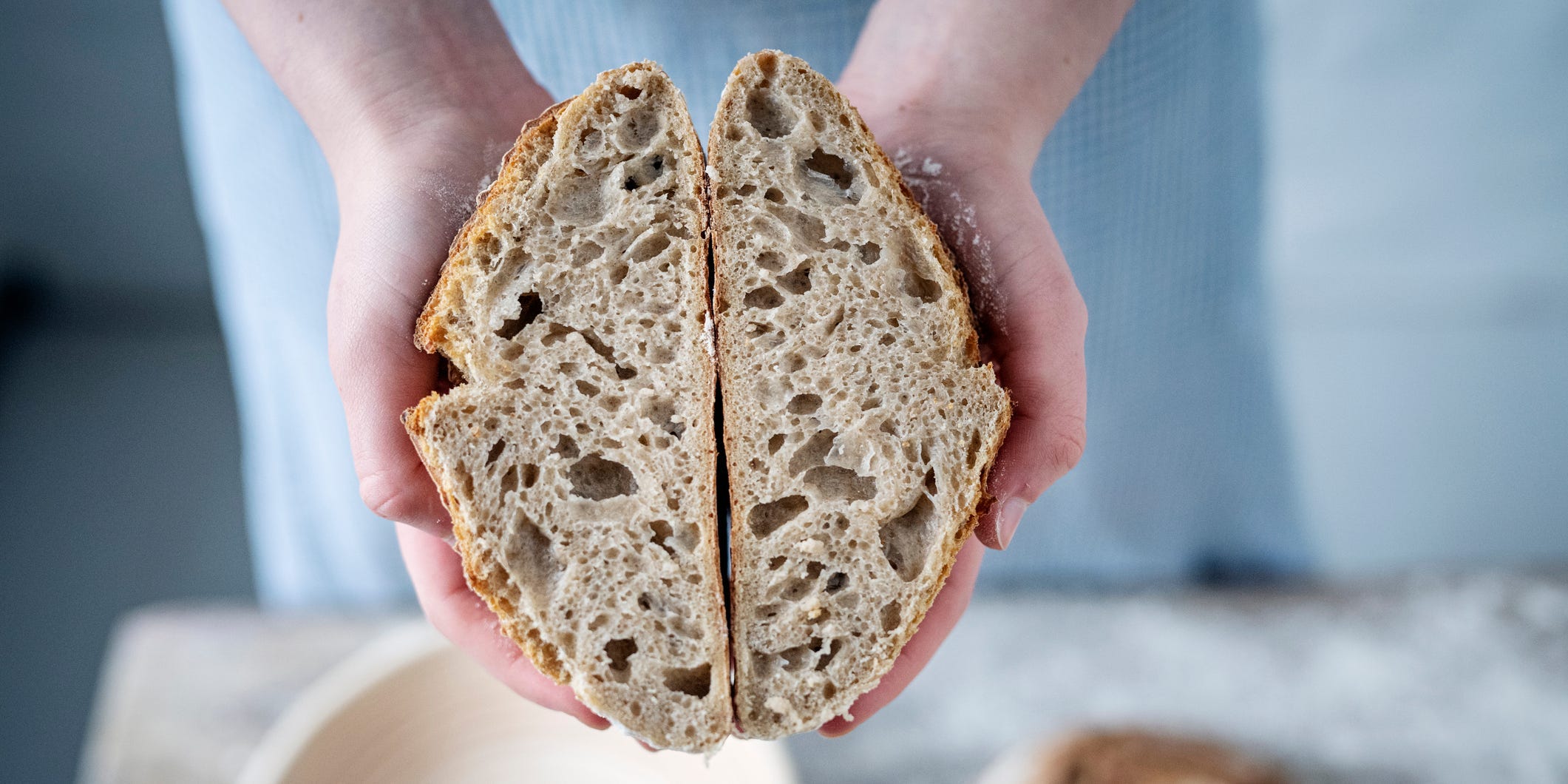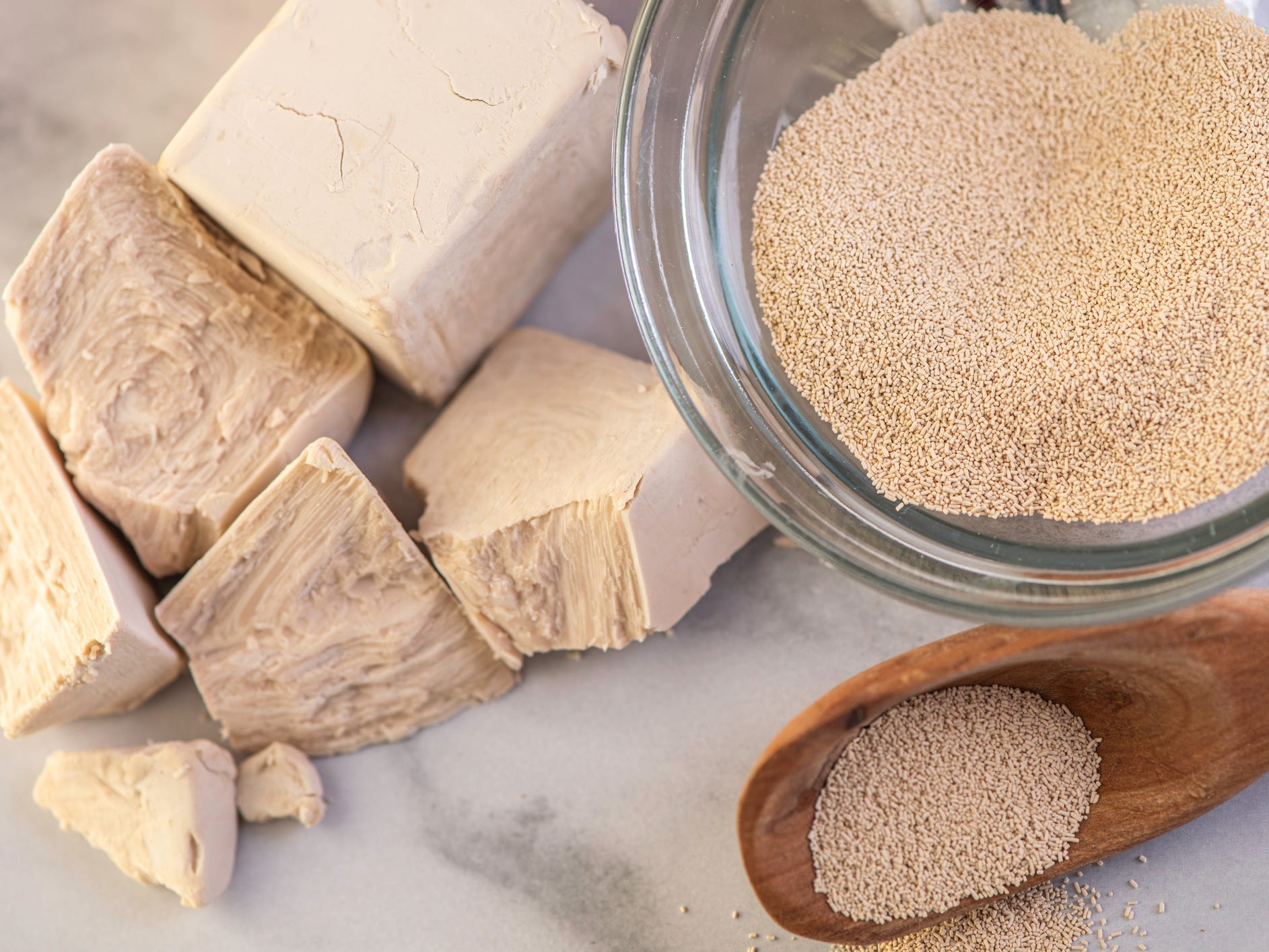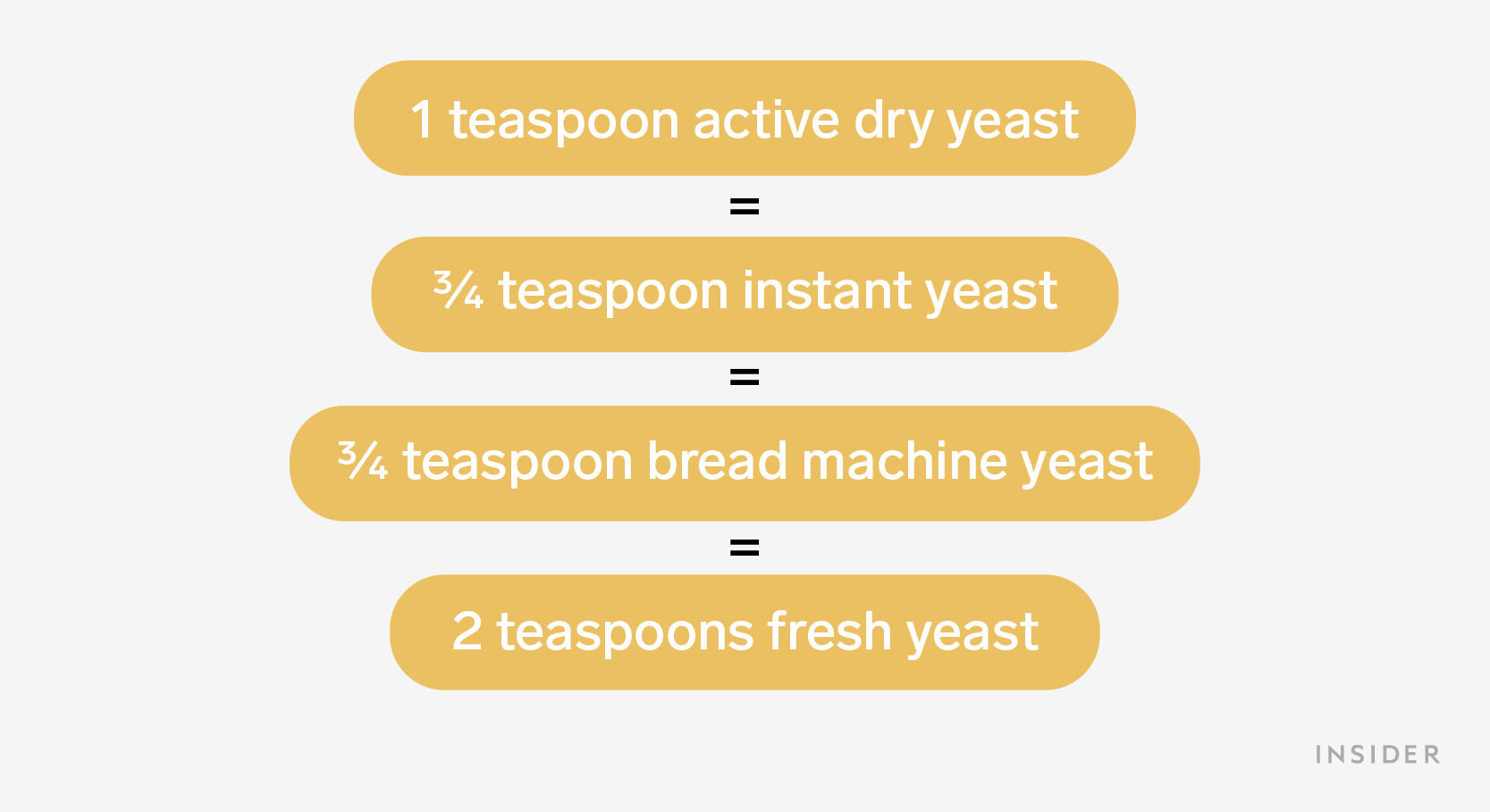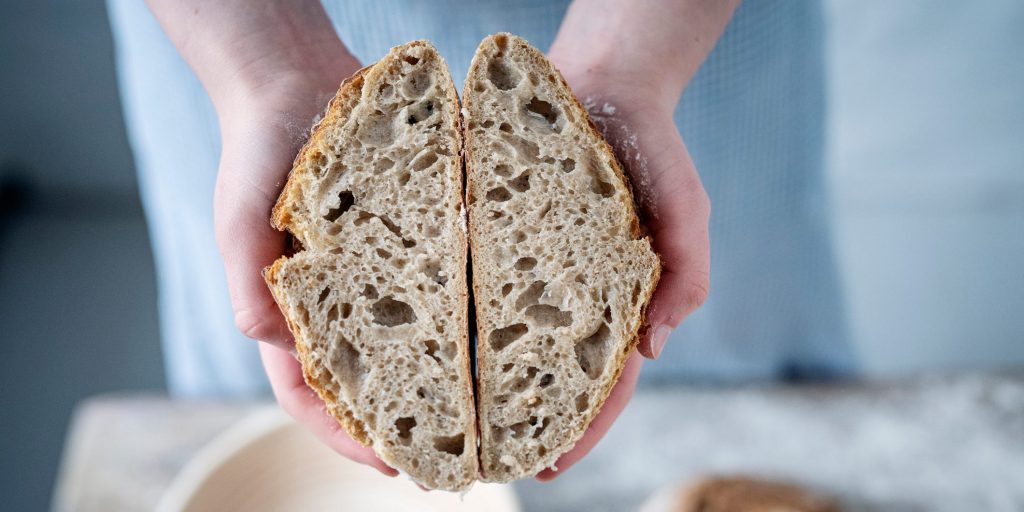
ClarkandCompany/Getty Images
- Active dry yeast is made up of dehydrated yeast granules.
- It needs to be proofed before using it in a recipe to reactivate the dehydrated yeast organisms.
- Storing active dry yeast in a cool, dry place will keep it fresh for longer.
- Visit Insider's homepage for more stories.
Baking a loaf of bread, a batch of cinnamon rolls, or prepping pizza dough? While the methods and ingredients for these recipes vary, there's one thing they all have in common – yeast. But it's important to recognize that all yeasts are not created equal, and for many, active dry yeast reigns supreme.
"Active dry yeast is great to use in breads that can be made quickly in one day and for lean breads such as baguettes and rolls," says Institute of Culinary Education pastry instructor Natsume Aoi. "Active dry yeast is convenient because it has a longer shelf life and is easier to store."
Ready to learn the ins and outs of active dry yeast to help perfect your next bake? Below, you'll find all the details you need, including steps for proofing and proper storage for prolonged freshness.
What is active dry yeast?
Active dry yeast is a fine, granulated substance found in packets or jars in the baking aisle at your grocery store. Because yeast is a living organism, active cells are dehydrated during production to halt the fermentation process and render the yeast dormant.
Proofing your active dry yeast, or reintroducing it to liquid, such as milk or water in a recipe, wakes it up to continue its job – converting sugar into carbon dioxide so your dough can rise.
Active dry yeast vs. instant yeast vs. fresh yeast

Lucia Kindernayova/Getty Images
While active dry yeast is a go-to for most bakers, instant yeast is another popular option. According to Aoi, the two are very similar.
Instant yeast is dried and processed into finer granules, and it acts just as the name suggests. "Instant yeast does not need to be activated before it's added to your recipe," says Aoi. "Just add it straight in with the other ingredients." Instant yeast will also make your dough rise faster due to its earlier integration into a recipe.
Like instant yeast, fresh yeast is already ready to go into a recipe as well. Sold in compressed cakes or blocks, fresh yeast has a high moisture content because it is made up of living cells. However, it is more perishable than instant or active dry because it is not preserved. If you buy fresh yeast, use it within a few weeks.
Active dry yeast, however, requires proofing to wake it up from its dormant, packaged state. It's an extra step, but it lenghthens the shelf life of your yeast, so you're less likely to be faced with a dough that won't rise.
How to choose the best yeast
Choosing whether you should use active dry yeast, instant yeast, or fresh yeast all depends on your desired outcome and your comfort level. Because fresh yeast is made up of cells that were never dehydrated, it will result in a bigger, faster rise and often a richer flavor. Often, professional bakers choose fresh yeast for flavorful, robust breads.
Instant yeast is ideal for bread machine breads or quick rolls because of its express rise time. Active dry yeast is typically considered the most versatile of yeast options and can be used for breads, pizza dough, cinnamon rolls, and more.
How to substitute yeast types
If you're out of active dry yeast, you can utilize other yeast options in its place and vice versa. However, it's not a one-to-one swap.

How to store active dry yeast
Yeast is very particular when it comes to its environment, but taking measures to store packets and jars properly will keep it fresh. "Store active dry yeast in a cupboard with the door shut to keep out moisture," suggests Aoi. Yeast is best kept in a cool, dry cupboard or pantry in a spot that's free of light.
If you've opened the jar, it's also important to avoid any changes in air, temperature, and moisture. In this case, storing the jar in the fridge or freezer will keep it fresher for longer.
Insider's takeaway
Active dry yeast is sold in packets and jars and can be used in a variety of bakes, from pastries and breads to pizza dough. Every type of yeast, including instant and fresh yeast, is different but can be substituted when needed. Just remember that active dry yeast will always need to be proofed before adding it to your dough. Once you're done baking, storing yeast in a cool, dry place will help keep it fresh and ready for your next bake.
